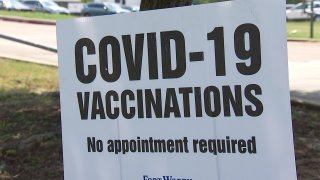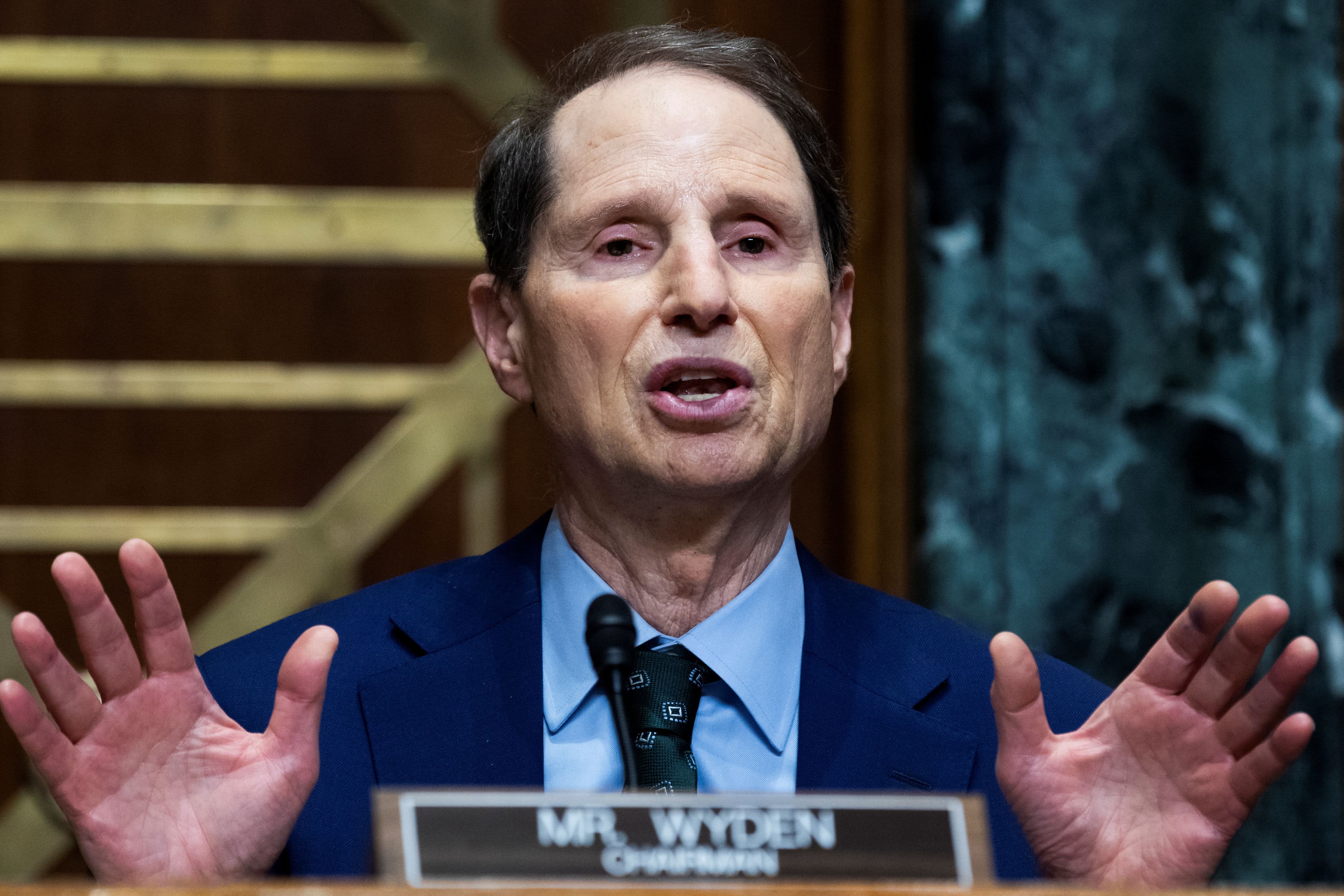
Republicans in Florida and Ohio died at a higher rate than Democrats when accounting for the additional deaths that occurred during the coronavirus pandemic and after COVID-19 vaccines became widely available, according to new research.
What is known as the excess death rate was 76% higher for Republicans than for Democrats, according to a working paper from the National Bureau of Economic Research published last month.
“Registered Republicans in Florida and Ohio had higher excess death rates than registered Democrats, driven by a large mortality gap in the period after all adults were eligible for vaccines,” the report’s authors, three professors from Yale University, wrote.
The gap in deaths was concentrated in counties with low vaccination rates.
Excess deaths are defined as the difference between the number of deaths that are recorded and the number that would have been expected during that period. Health officials are using the difference during the coronavirus pandemic to determine the mortality rate of COVID.
US u0026amp; World
Get Tri-state area news delivered to your inbox. Sign up for NBC New York's News Headlines newsletter.
As the pandemic progressed, Republicans and Democrats diverged over how to respond to the new disease. Republicans were more likely to ditch masks, and demand that public health restrictions be lifted especially in schools and businesses.
Particularly important for this study, they more often rejected vaccines.
Dr. Anthony Fauci, appearing on MSNBC's "Up With Chris Hayes" in July 2021, said: "We're not asking anybody to make any political statement one way or another. We're saying, 'Try and save your life and that of your family and that of the community.'"
"Here we have a vaccine that's highly, highly effective in preventing disease and certainly in preventing severe disease and hospitalization," said Fauci, the chief medical advisor to the president. "It's easy to get, it's free and it's readily available so you've got to ask, 'What is the problem?' Get over it, Get over this political statement. Just get over it and try and save the lives of yourself and your family."
The Yale professors — Jacob Wallace and Jason L. Schwartz of the Yale School of Public Health and Paul Goldsmith-Pinkham of the Yale School of Management — wrote that there was evidence that Republican-leaning counties had higher COVID death rates than did Democratic-leaning ones, but not whether that association persisted among individuals.
“The challenge, of course, is whether it’s really about Republicans vs. Democrats living in these areas, or just the areas where individuals sort into are different.” Goldsmith-Pinkham tweeted.
Earlier research established differences in attitudes toward vaccination and social distancing based on political party affiliation “but it has been more difficult thus far to establish corresponding links to health outcomes due to data limitations,” they wrote.
To assess an association with death rates at an individual level, they linked voter registration data in Florida and Ohio to death records, specifically 577,659 people who died between January 2018 and December 2021 at age 25 or older and who were in 2017 voting records.
In 2018 and early 2020, excess death rates for Republicans and Democrats were around zero. In the winter of 2020-2021, there was a large spike in excess deaths for both groups.
“However, in the summer of 2021 — after vaccines were widely available — the Republican excess death rate rose to nearly double that of Democrats, and this gap widened further in the winter of 2021,” they wrote.
Also in the News
The Kaiser Family Foundation has been tracking who is receiving COVID vaccinations. Its latest survey, the results of which were published Sept. 30, found continuing differences between Democrats and Republicans over whether they have gotten or intend to get the updated bivalent COVID booster.
Among Democrats, 7% had gotten it, 52% said they would as soon as possible, 16% said they would wait and see, 6% said only if required and another 6% said definitely not.
In contrast, 2% of Republicans had already received it, 11% responded as soon as possible, 20% said they would wait and see, 9% said only if required and 20% said they would definitely not get the booster.
Another 38% of Republicans are not eligible because they are unvaccinated or only partially vaccinated. That compares to 12% of Democrats.
“If this is really a story about vaccines, the continued story of low take-up of vaccines + boosters among Republicans may perpetuate some of these differences,” Goldsmith-Pinkham tweeted, linking to the results.







